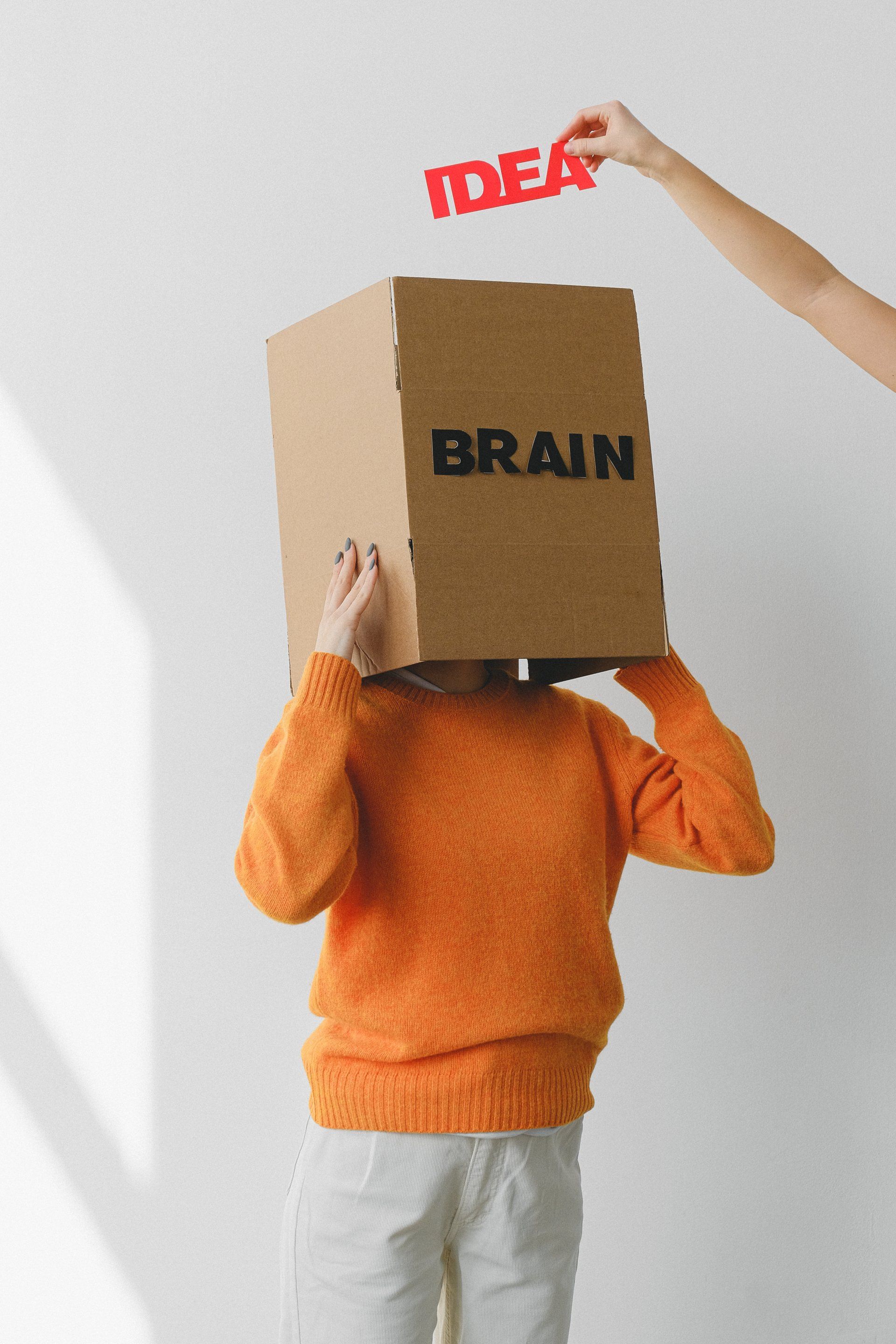The Ultimate ADHD Organization Plan: 8 Steps to a More Structured Life
Transform Your Life with the Ultimate ADHD Organization Plan - 8 Steps to Success

A well-organized life can be challenging for anyone, but it can be especially difficult for individuals with ADHD. However, with the right strategies and tools, you can create a more structured life that can help improve focus, reduce stress, and enhance overall well-being. Here's a detailed, actionable plan to help you organize your life and achieve your goals.
Step 1: Prioritize Your Goals
- List all your goals, both short-term and long-term, in different aspects of your life (e.g., work, relationships, health).
- Prioritize these goals based on their importance, urgency, and the resources required.
- Focus on a few manageable goals at a time to avoid being overwhelmed.
Step 2: Break Down Goals into Smaller Tasks
- Break down each goal into smaller, actionable tasks.
- Assign a deadline and an estimated time required for each task.
- Make sure tasks are specific, measurable, and achievable.
Step 3: Create a Daily Schedule
- Create a daily schedule that allocates time for work, personal tasks, and leisure activities.
- Include essential tasks, such as exercise, meal planning, and self-care.
- Schedule tasks that require focus during your most productive times of the day.
Step 4: Use Time Management Techniques
- Utilize time management techniques, such as the Pomodoro Technique or time blocking, to help you stay focused and efficient.
- Set specific time limits for tasks and take regular breaks to maintain concentration and prevent burnout.
Step 5: Implement Organizational Systems
- Develop organizational systems for different aspects of your life, such as filing systems for documents, storage solutions for belongings, and a system for managing emails.
- Regularly declutter your living and workspace to maintain a clean, organized environment.
Step 6: Use Tools and Apps to Stay Organized
- Use digital tools and apps to help you stay organized, such as calendar apps, task management tools (e.g., Todoist, Trello), and note-taking apps (e.g., Evernote, OneNote).
- Set reminders and notifications to help you stay on track with your schedule and deadlines.
Step 7: Establish Routines
- Establish consistent daily routines for mornings, evenings, and weekends to help create structure and predictability in your life.
- Include activities that promote relaxation and self-care to maintain a healthy work-life balance.
Step 8: Seek Support and Accountability
- Share your goals and plans with friends, family, or a support group to gain encouragement and accountability.
- Consider working with a professional ADHD coach or therapist to help you develop personalized strategies and overcome challenges.
Conclusion:
Organizing your life when you have ADHD may seem daunting, but with the right plan, tools, and support, it is achievable. By following this step-by-step plan, you can create a more structured life that will help you better manage your ADHD symptoms, improve focus, and enhance overall well-being.




